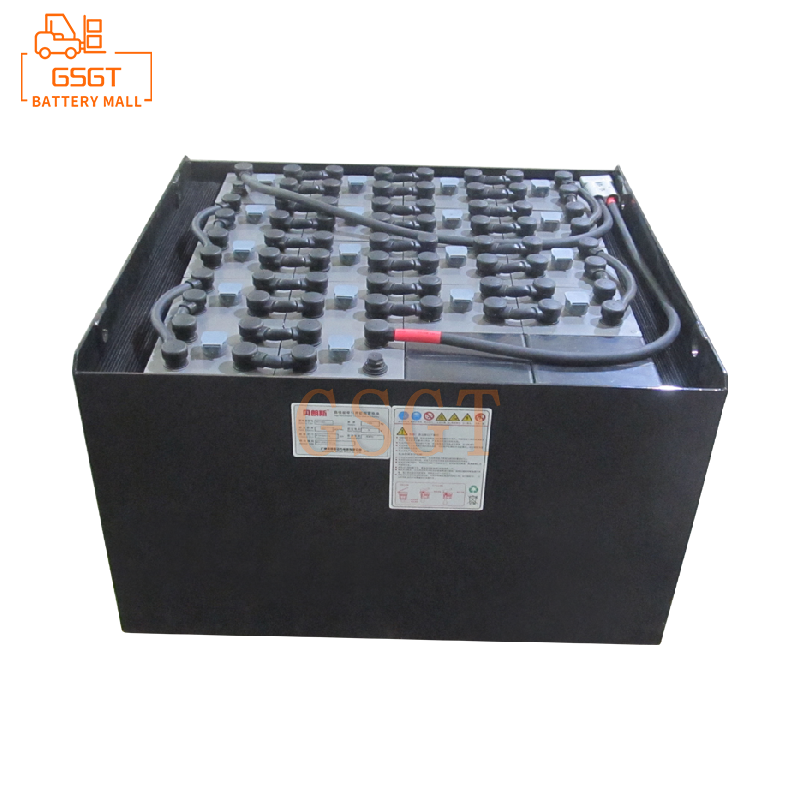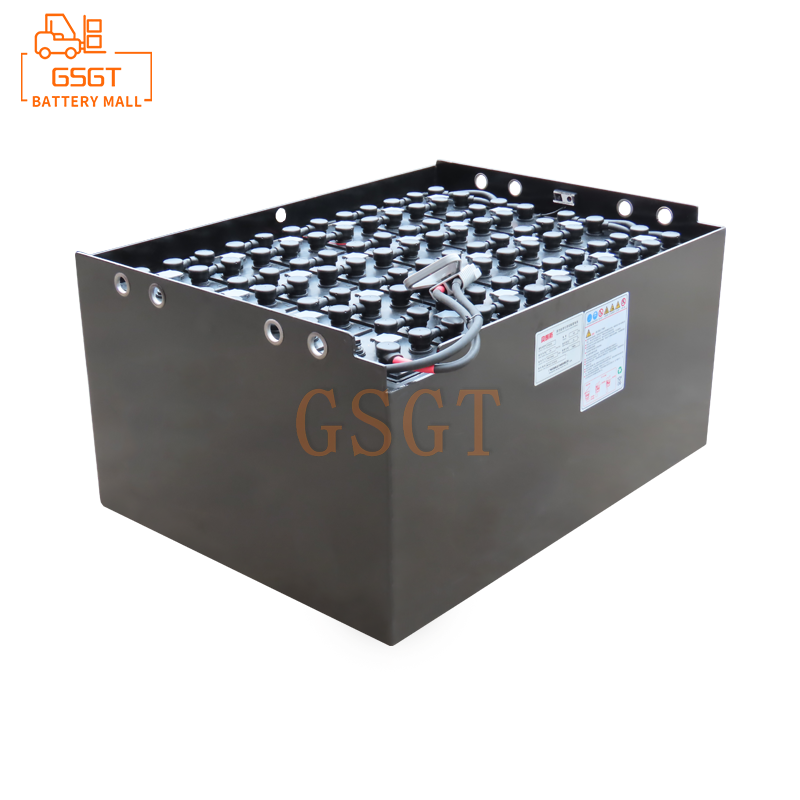Time:2025-06-13 10:24:10
Browse:600
Among various devices such as electric vehicles, uninterruptible power supplies, and solar energy storage systems, lead-acid batteries still hold an important position due to their mature technology, low cost, and excellent high-current discharge performance. However, as the usage time increases and the number of charge and discharge cycles rises, the capacity of lead-acid batteries will gradually decline. When the battery capacity is insufficient, it not only affects the normal use of the device but also may pose safety hazards. Therefore, accurately determining whether the capacity of lead-acid batteries is insufficient is crucial for timely maintenance and replacement of the batteries to ensure the stable operation of the equipment. This article will provide you with a detailed introduction to six effective methods for determining insufficient capacity of lead-acid batteries.
1. The discharge time is significantly shortened
Discharge time is one of the most intuitive methods to judge the capacity of lead-acid batteries. The new lead-acid battery can continuously and stably supply power to the device for a relatively long time when fully charged.
However, as the number of battery uses increases, if it is found that under the same usage conditions, the driving range is significantly reduced and the discharge time is notably decreased, for instance, when the battery can only travel 30 kilometers, the discharge time is shortened to 1.2 hours, this is very likely a sign of insufficient capacity of the lead-acid battery. Because the attenuation of battery capacity will lead to a reduction in the amount of electricity it stores, which cannot meet the original power demand of the device, the discharge time will naturally be shortened accordingly.
When actually testing the discharge time, it is necessary to maintain consistency in the test conditions, including load conditions, ambient temperature, etc. The ambient temperature has a significant impact on the discharge performance of lead-acid batteries. Generally speaking, the lower the temperature, the lower the discharge capacity of the battery. Therefore, when conducting tests in different seasons, the influence of temperature factors on the results should be taken into consideration. In addition, try to conduct the test after the battery is fully charged to ensure the accuracy of the test results.
2. the charging time is significantly reduced
The charging time of lead-acid batteries is closely related to the battery capacity. Under normal circumstances, the charging time required for a new lead-acid battery to go from a completely discharged state to a fully charged state is relatively fixed.
When the capacity of lead-acid batteries is insufficient, the amount of electricity they can store decreases, and the charging time will also be significantly shortened accordingly. If a battery that originally took 6 to 7 hours to fully charge now shows full charge in just 3 to 4 hours, it indicates that the actual capacity of the battery has decreased and it can no longer store sufficient power like a new battery.
However, when judging the changes in charging time, it is necessary to rule out the interference of factors such as charger malfunctions. If the output voltage and current of the charger are unstable, it may also cause abnormal charging time. The charging test can be conducted by replacing it with a normal charger of the same specification to determine whether the reduction in charging time is caused by insufficient battery capacity or charger problems.
3. The battery voltage drops rapidly
The voltage of lead-acid batteries is directly related to their capacity. During the discharge process, the normal voltage of a lead-acid battery will gradually decrease as the battery power is consumed, but the rate of decrease is relatively stable.
If during use you notice that the battery voltage drops significantly at a faster rate, for instance, just after being fully charged, the device only runs for a few minutes and the battery voltage drops rapidly, this is very likely a signal that the battery capacity is insufficient. When the battery capacity is insufficient, the efficiency of the internal chemical reactions decreases, making it unable to effectively maintain a stable voltage output, which leads to a rapid drop in voltage.
A professional multimeter can be used to measure the battery voltage. When measuring, the open-circuit voltage of the battery in the static state and the working voltage when discharging under load should be measured separately. The static voltage can reflect the basic power condition of the battery, while the working voltage can better demonstrate the battery's power supply capacity in actual use. By comparing the voltage changes under different states, it is possible to more accurately determine whether the battery capacity is insufficient.
4. Abnormal battery heating
During the normal charging and discharging process of lead-acid batteries, there will be a certain degree of heat generation, but the temperature is usually not too high. Generally speaking, a 10-15 ℃ increase in the surface temperature of a battery during charging is within the normal range, and a 5-10 ℃ increase during discharging is also normal.
When the battery capacity is insufficient, the plates inside the battery may experience problems such as sulfation and aging, leading to an increase in the battery's internal resistance. The increase in internal resistance leads to an increase in the proportion of electrical energy converted into thermal energy during the charging and discharging process of the battery, thereby causing abnormal battery heating. If during the charging or discharging process, it is found that the surface temperature of the battery is significantly higher than the normal range, or even becomes hot to the touch, it is necessary to be alert to the problem of insufficient battery capacity.
In addition, abnormal battery heating may also be caused by excessive charging current, mismatch between the charger and the battery, and other reasons. Therefore, when determining that abnormal heating is caused by insufficient battery capacity, other factors should be comprehensively considered. The heating can be determined whether it is caused by insufficient battery capacity by replacing the charger with a suitable one, adjusting the charging current and other means to eliminate the interference of other factors.
5. Deformation or bulging of the battery appearance
The casing of lead-acid batteries is usually made of materials such as ABS engineering plastic, which has certain strength and toughness. Under normal use conditions, the appearance should remain intact and flat.
When the battery capacity is insufficient, a series of irreversible chemical reactions may occur inside the battery, generating excessive gas. These gases accumulate inside the battery and cannot be discharged in time, which will lead to an increase in the internal pressure of the battery, causing the battery casing to deform or bulge. Once deformation or bulging is found on the battery's appearance, it indicates that there is a serious problem inside the battery, and its capacity is bound to be affected, being in an insufficient state.
It should be noted that battery appearance deformation or bulging is a rather serious situation. At this time, the battery not only has a reduced capacity but also poses safety hazards, which may cause leakage, short circuit or even explosion and other dangers. In such a situation, stop using the battery immediately and handle it properly. Do not continue charging or using it.
6. Use professional testing equipment
In addition to the above-mentioned methods for judging the capacity of lead-acid batteries through observation and simple measurement, professional battery testing equipment can also be used for accurate detection. Common professional testing equipment includes battery capacity testers, internal resistance testers, etc.
The battery capacity tester can simulate the actual discharge process of the battery. By setting different discharge currents, cut-off voltages and other parameters, it conducts discharge tests on the battery, thereby accurately measuring the actual capacity of the battery. It can complete the detection of battery capacity in a relatively short time, and the test results are accurate and reliable. For instance, connect a lead-acid battery to a battery capacity tester, set the discharge parameters that match the battery specifications, and after starting the test, the tester will display the battery's discharge voltage, current, capacity and other data in real time. When the battery voltage reaches the cut-off voltage, the capacity value displayed by the tester is the actual capacity of the battery. By comparing this actual capacity with the nominal capacity of the battery, it is possible to intuitively determine whether the battery capacity is insufficient.
The internal resistance tester assesses the performance and capacity of a battery by measuring its internal resistance. Generally speaking, the internal resistance of lead-acid batteries is inversely proportional to their capacity; that is, the higher the battery capacity, the lower the internal resistance. The lower the battery capacity is, the higher the internal resistance will be. When the battery capacity decreases, factors such as the reduction of active substances on the internal plates and changes in the electrolyte concentration will lead to an increase in internal resistance. After measuring the internal resistance of the battery with an internal resistance tester, compare it with the standard internal resistance of the same type of new battery. If the measured value is significantly higher than the standard value, it indicates that the battery capacity may be insufficient.
Although professional testing equipment can provide accurate test results, its price is relatively high and it is generally suitable for professional places such as battery manufacturers and repair shops. For ordinary users, they can send the battery to a professional repair shop or after-sales service center and use these professional equipment for inspection.
In conclusion, through six methods, namely significantly shortening the discharge time, markedly reducing the charging time, causing a rapid drop in battery voltage, abnormal battery heating, deformed or bulging battery appearance, and using professional detection equipment, it is possible to accurately determine whether the capacity of lead-acid batteries is insufficient. In the actual usage process, it is recommended to comprehensively apply multiple methods for judgment in order to promptly identify battery capacity issues and take corresponding maintenance or replacement measures to ensure the normal operation and safe use of the equipment. At the same time, understanding the methods for judging insufficient capacity of lead-acid batteries can also help us better grasp the battery's usage status, rationally plan the battery's use and maintenance, and extend the battery's service life.

$1270

$4220

$3050

$5710

MESSAGE
Professional And Efficient
Security
Affordable Price
Professional Services